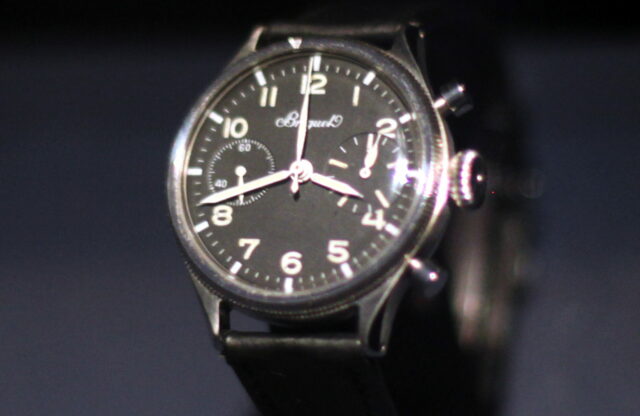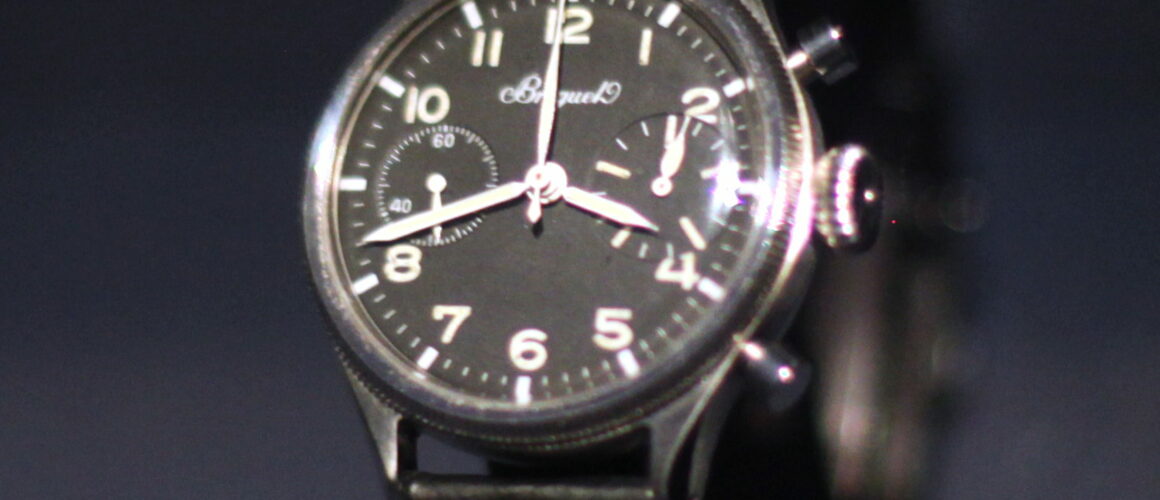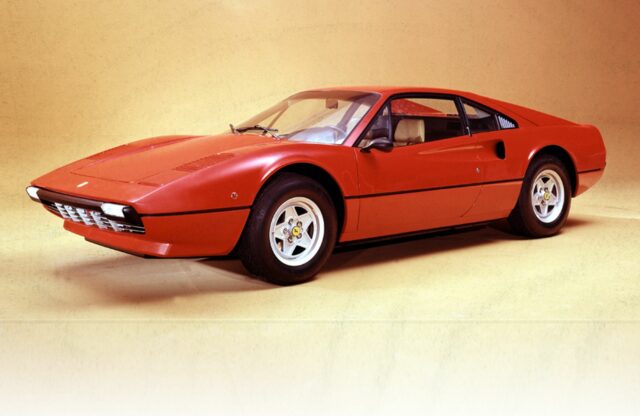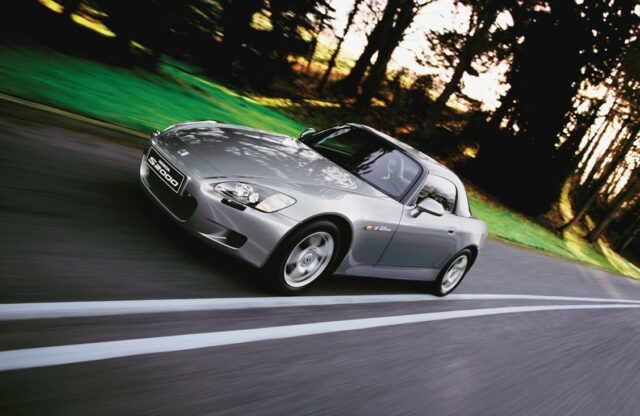WORDS: JONATHAN BURFORD | PHOTOS: BREGUET
As Breguet reintroduces the Type XX, I thought it might be a good time to look at the original Type XX/20 from the brand – one of the most recognisable and important post-war chronographs.
After the end of World War Two, the French Ministry of Defence had used up most of its stock of military-issued chronographs that had predominantly been supplied by the Americans and British. As part of their aviator standard-equipment programme, a spec was drawn up for reliable, legible and accurate instruments for use by the military. These encompassed aircraft dashboard chronographs such as the Type 11, a mono-pusher non-flyback and Type 12 Flyback chronograph and, most well known, the Type 20 wristwatch.
The ministry had specific requirements for the wristwatch, which dictated the design and materials to be used. Firstly it had to be a black-dialled chronograph with a 30-minute counter and highly legible Arabic numerals, and an approximately 38mm steel case with screw-down case back. In addition, a mechanical self-winding chronograph movement accurate to eight seconds per day was deemed necessary, along with a minimum power reserve of 35 hours, and it must be able to operate repeatedly at least 300 times without failure.
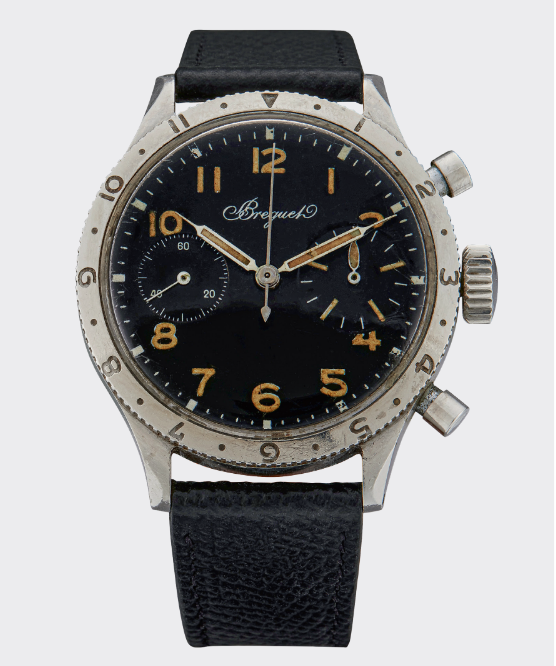
Before the advent of electronic navigation, time measurement was crucial for pilot navigation
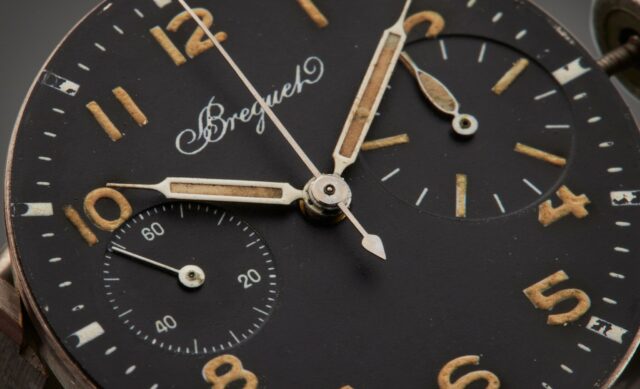
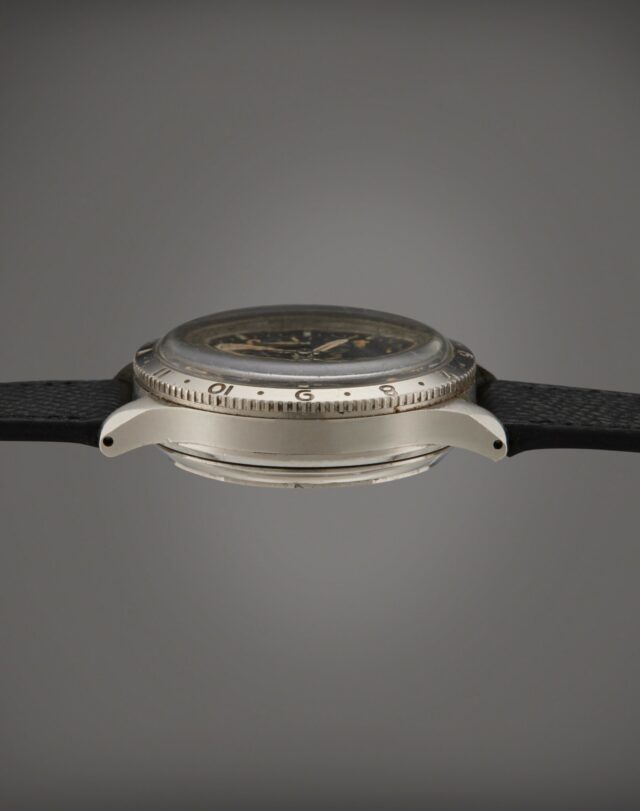
The most important function, though, was the incorporation of the flyback function on the chronograph. Before the advent of electronic navigation, time measurement was crucial for pilot navigation, because routes were determined by a series of directions and exact speeds. A chronograph, allowing precise measurement of time intervals, was the perfect tool for these tasks.
However, changing direction still involved three different operations on the chronograph: stopping, resetting and restarting. The faster the operation, the more precise the flight. In addition, the pilot should be able to concentrate on the flight itself, rather than on operating his watch. This established the necessity of the flyback function, which restarts the chronograph (without the need for the stop/ reset functions) with an accuracy within one fifth of a second.
The ministry put the watches’ spec and production up for tender, and the Type 20 was made in small batches by several brands such as Dodane, Auricoste and Vixa. But it was Breguet that became the leading producer in 1954, with an French Air Force order for 2000 units. These earlier watches did not have the Breguet logo printed on the dial, and were powered by the reliable Valjoux 222 caliber.
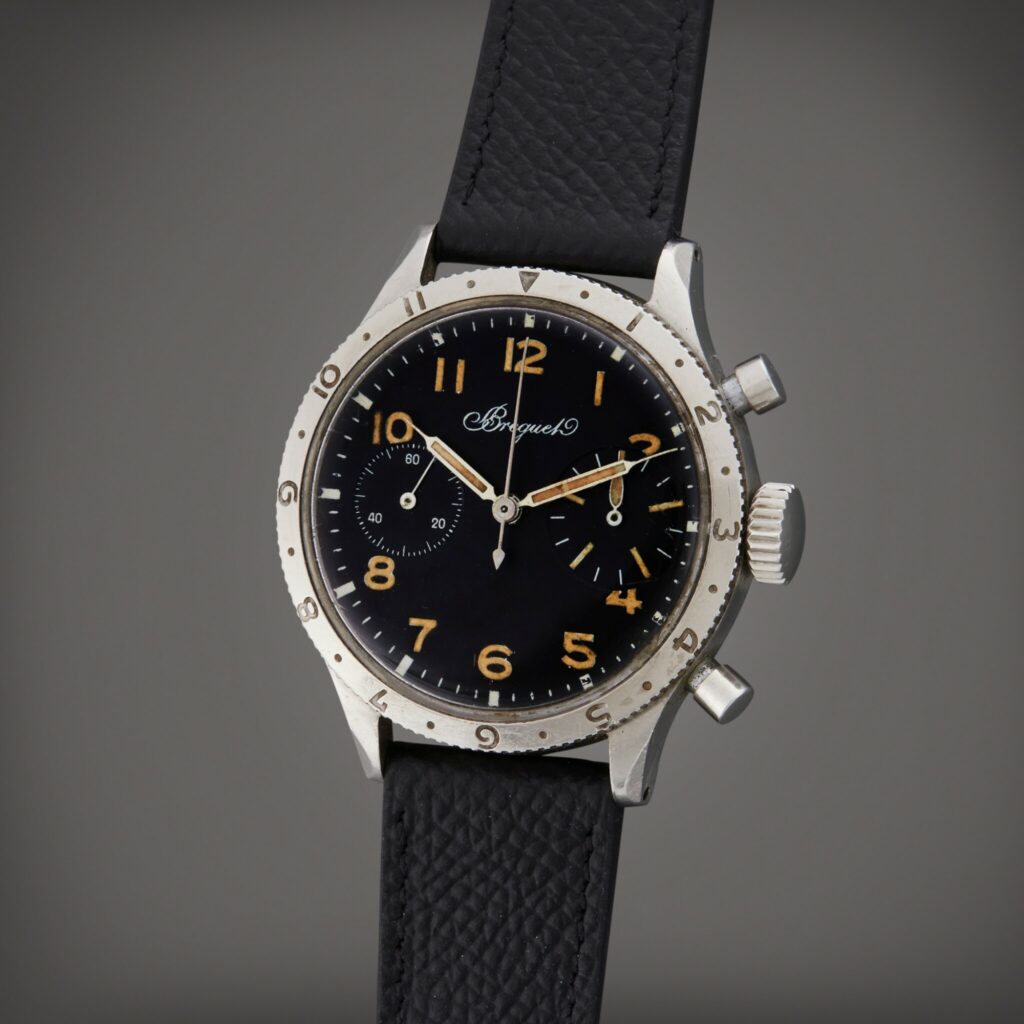
This case/movement/dial combo proved a flexible canvas for Breguet to make adjustments, with French Naval Aviation ordering 500 special versions with a 15-minute chronograph counter. A civilian variant had Breguet text on the dial, such as the 1960 timepiece for the French Flight Test Centre with two different specs: a two-register (500 units), and a three-register (50), both with a 15-minute sub-dial.
The military watches had to be regularly and stringently inspected for accuracy, so the date of the next scheduled examination was engraved on the back with the letters ‘FG’: Fin de Garantie (end of warranty). You can sometimes find many multiple service dates embossed on the case backs.
There are some rare versions, with three pieces being made in yellow gold, and six with cream dials, and of course there are Type 20s produced by other brands, with the Mathey-Tissot variant being one of the most attractive. My preference is still for a two-register military-issued Breguet version, with non-engraved rotating bezel, syringe hands and, if possible, original onion crown. Something else to note: the luminous material is radium, so check with a Geiger counter to ensure the original radium hasn’t been removed and replaced.
For me, these remain some of the most fascinating and evocative vintage chronographs from one of the greatest brands.
Writer Jonathon Burford is SVP and specialist at Sotheby’s watch department. For its ongoing watches sales, see www.sothebys.com.
